Large nuclear submarine for special purposes pr. 664
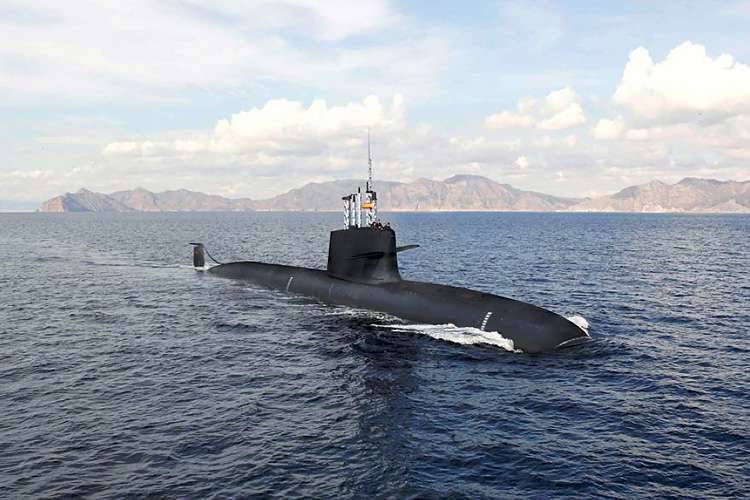
The launch of the first Soviet nuclear submarine, the 627 Ave., demonstrated great advantages, which for solving a wide variety of tasks were given by the introduction of nuclear power to the submarines. In particular, this related to the possibilities of waging a mine war at sea, which expanded the zones, secrecy and efficiency of the use of a mine weapons in the most remote areas of the oceans.
It must be said that at that time TsKB-16 of the USSR Ministry of Shipbuilding Industry developed a technical project of a diesel-electric transport-assault submarine-minzag of 648 Ave., which provided for the possibility of installing a small-sized auxiliary nuclear power plant on such a submarine. Therefore, when forming the shipbuilding program for the seven-year plan (648 - 1959), simultaneously with the construction of the submarine 1965 Ave., the development of the submarine 648, similar to it in combat mission, was also planned. True, later by a decision of the Central Committee of the CPSU and the USSR Council of Ministers on June 664 21, work on the creation of a diesel submarine of 1961 Ave. was stopped.
Considering previous developments, in August 1959, the Navy's General Directorate of Shipbuilding sent to TsKB-16 for approval a draft tactical and technical assignment for a large nuclear transport submarine - a mine layer. Its combat mission was practically the same as that of the diesel-electric submarine, Project 648: providing submarines operating on ocean and sea communications with cruise missiles and torpedoes, fuels and lubricants and other means of supply; seaplane at sea - aviation fuel; transportation of landing units with small arms and cargo to remote areas or transportation of the wounded; setting minefields.
The chief designer N.A. Kiselev, who was also a boat pr 664, and the lead designer - his namesake VN Kiselev, who also worked on this topic. Group N.A. Kiseleva completed the study on the TTZ project for two months, and her proposals for another four months were reviewed and agreed upon at various instances of the Navy, the Ground Forces and the Air Force, since they affected the interests of various types of Armed Forces. Finally, 648 March, 1, the technical assignment for the development of the SSN Ave. 1960 was approved by the Minister of Defense.
Meanwhile, work at TsKB-16 went on as usual, and at the stated time, in September of the same year, the draft design of the new ship was submitted for consideration and approval to the Ministry of the Judiciary and the Navy. It contained four options, differing from each other in a number of constructive solutions and the location of the transported goods.
In the first three variants, the solid hull of the boat was proposed to be designed in the form of a cylinder, and in the fourth, in combination of three conjugate and horizontally arranged cylinders, the so-called "double eight", which significantly reduced the length of the ship, but increased its width. For the transported weapons in the first, second and fourth versions, two compartments were assigned to the PLA, in the third variant - one compartment, which made it possible to significantly reduce the ship’s displacement through the use of one loading-unloading line, but significantly increased the transshipment time at sea. In addition, due to the complexity of the transportation of jet fuel in the inter-skid space, in the second version it was planned to place it inside a durable hull. At the same time, the bureau management and the chief designer suggested further design for the first option, as well as abandoning the requirement to supply seaplanes with fuel at sea, since such an operation could only be carried out with the help of an auxiliary self-propelled floating craft, which could be placed on the boat and the rise was extremely difficult.
By a joint decision of the Ministry of Industry and the Navy of November 26, 1960, the first version of the outline design was approved. By the same document, the bureau was instructed to complete the “zero stage” of the technical project until February 1961, in order to finally assess the possibility of implementing a number of comments made on the draft design. The materials presented in February increased the number of cruise missiles transported to 20, torpedoes to 80, fuel to 650 tons, the number of transported troops to 350, with a 30-day submarine autonomy, and up to 500 with 5 days autonomy - the displacement declared in the outline design has not practically changed. True wish fleet to reduce the time of reloading missiles on combat submarines failed to implement.
The prepared materials were reviewed again for four months, and on July 3 of the year, the next joint decision was made, clarifying certain TTZ requirements in the development of the ship’s final technical design. At the same time, additional contractor contractor activities related to the development of transfer of fuel from a submarine to a submarine on the move and cruise missiles from surface ships to a submarine, as well as experimental development work on the creation of an operating natural stand of a mine-dropping device, were identified. As a result, by the end of 1961, the overall technical readiness of all these works was 1961%.
In December of the same year, the main technical design materials were prepared and agreed with the main observer from 1 Central Research Institute of the Ministry of Defense. In their conclusion, the chief designer and bureau leadership, in particular, noted that the results of the development "do not fully meet the requirements of the tactical and technical tasks of the Ministry of Defense," and that the deviations from them are explained "by the result of the installation of the new GTZA, the adoption of the requirements of the Navy for reserve means of movement and other requirements ", as well as" clarification of the composition and dimensions of the equipment in the process of its creation. " Of course, combining the performance of transport, amphibious and mine-defensive tasks by one ship without a significant increase in its displacement complicated the project and worsened some of the submarine characteristics already approved when considering the draft design and the “zero stage”. Nevertheless, the conclusion stated that "the submitted draft transport submarine mine minelayer with nuclear power plants, etc. 664, meets most of the requirements of the TTZ, issued by the Ministry of Defense. The ship built on this project will meet the assigned purpose and will be able to solve its tasks."
The decision of 19 on April 1962 of the technical project 664 was approved, but there were also new comments that the designer should have considered before the approval of the main elements of the nuclear submarine in the Government. This required a certain adjustment of the technical project, having fulfilled that, in July of the same year, the Central Design Bureau submitted all the documents to the USSR Council of Ministers Ministerial Committee on Shipbuilding and the Navy.
Their approval by the relevant decision of the USSR Council of Ministers took place only December 24 1962. However, without waiting for it, the Severodvinsk Shipbuilding Plant No. 402 bureau sent a special technical assistance group for the preparation of production, as well as plumbing documentation. It must be said that the ship had very complicated contours, and therefore the leading specialist in the bureau of documentation documentation N.F. Grachev. In the same year, this plant produced three full-scale layouts for placing equipment in the premises of refrigerating machines, a sanitary lock and sliding devices on the upper and middle decks, which were adopted by a commission of representatives of the designer, construction plant, 1 Central Research Institute of the Defense Ministry, and the receiving apparatus of the General Directorate of Shipbuilding Navy. However, then, due to lack of space, as well as the high cost of work, the plant management suggested replacing full-scale mockups of turbine and turbogenerator compartments with large-scale ones (1: 5), and issued a solution according to which the manufacture of the first was assigned to the TsKB-16 workshop, and the second - workshop TsNII-138.
With the approval of the technical project, the delivery schedule of the working drawings provided for the end of the release of the working documentation in June 1964, and the plant’s drawings for the hull should have been fully provided until the end of 1963, and 75% of the drawings for the rest of the ship were issued in the same period. Note that by the end of 1962, the enterprise counterparties completed 20 work, and next year another 61 work. Plas was broken, technological documentation for hull works was developed and metal was ordered for a strong and light submarine hull. Much work was also done on the creation of new component equipment. Thus, under the guidance of the bureau specialists, work continued on the experimental topics that were started under 648 Ave. (fuel transfer devices, as well as trials on the overload of cruise missiles and torpedoes to boats at sea and the mine-and-release device).
For this purpose, according to drawings of TsKB-16 at Severodvinsk shipbuilding plant No. 402, they manufactured and delivered to Murmansk ship-repair plant No. 35 Navy products for re-equipment of diesel submarine of 611 ave. And additional equipment for transfer of receiving fuel on the move. This equipment was mounted on dedicated boats, and at the end of 613 of the year, the commission appointed by the order of the Commander of the Federation Council tested this system, during which diesel fuel was transferred on the move in surface and submerged positions from the submarine B-1964 (Ave. 82) to the submarine C-611 (Ex. 346). According to the test results in the difficult weather conditions of the winter Barents Sea, the commission signed an act in December with recommendations on the implementation of the system on the airborne submarine PLA-minzag, 613 Ave. A major contribution to the successful completion of the topic was made by its leader, BN Leading Specialist of CDB-664. Maisel.
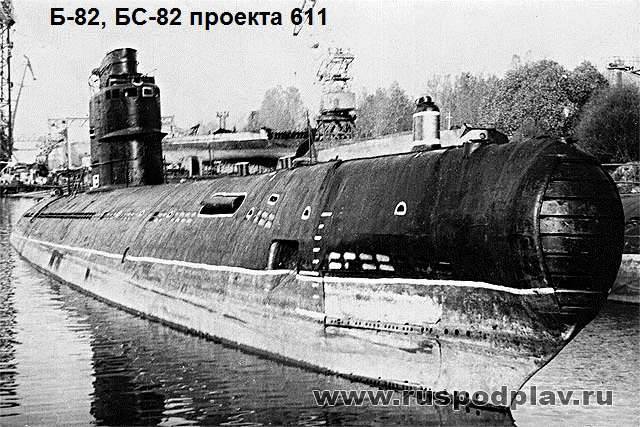
Development of designs to ensure the transfer of ammunition into the sea was originally planned by refitting one of the destroyers. However, GCC No. 402 provided a reasonable motivation for its refusal to perform these works. Then, in 1964, it was handed over to the Navy's SRZ-82, which was engaged in the retrofitting of the 611 avenue submarine for this purpose, and instead of the destroyer, the Hopper auxiliary fleet was allocated for testing ammunition overload devices. The following year, a special crane equipped with a wave-tracking system manufactured at the Khabarovsk Machine-Building Plant was installed and put into operation by this plant in transport. All work on the creation of this original and complex mechanism was supervised by V.M., TsKB-16 lead designer. Langovoy.
To test the design of the mine-dumping device for CVD No. 402, a special full-scale ground stand was made according to the bureau’s drawings, but more than half a year from the schedule. During 1965, an interdepartmental commission, which included the developers of LSGs (NP Sedunov, head of the TsKB-16 department, and lead designer VG Markov), carried out extensive tests, filming the process of leaving the ISU pipe on film mines of all types stipulated by the specification. The final act of the commission confirmed the full working capacity of the device and gave grounds to recommend its installation on an underwater minzag.
In the second half of 1964, TsKB-16 began developing operational documentation - descriptions and instructions. Production of two more full-scale and four large-scale mock-ups of submarine rooms was completed, work continued on the creation of new equipment. Unfortunately, the lag was growing: 1964 was executed out of 89’s planned 63 contract work, and 48 was approved from the planned 29 technical conditions for the supply of component equipment and materials. The higher complexity of the project noted above, due to its triple purpose, also delayed the release of working drawings, which took the whole 1964 year. Their volume was significant, and a total of 12913 working drawings and 36335 specification text pages were released. For comparison, it is worth noting that it was about 1,5 times more than during construction, for example, PLA Ave. 661.

At this time, GCC No. 402 began to implement a very high-priority plan for the construction of a series of fundamentally new projects of nuclear submarines armed with ballistic missiles. Both the metal processing started by the plant and the welding of the 664 durable and light sub-hull sections of the submarine, were suddenly stopped, and in May 1965 the director of the company E.P. Yegorov appealed to the Ministry of the Judiciary with a proposal to transfer the construction of the first in the world PLA-Minzaga to Leningrad plants, promising in exchange to build two SSBNs of 667A Ave.
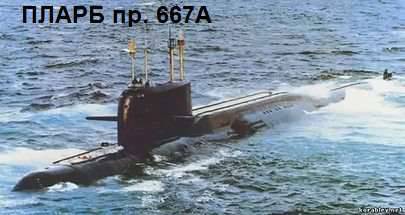
And although by this time the plant had already completed welding works on forming 664 tons of hull structures and processed about 305 tons of metal on the PLA pr. 600 (factory order No. 400), in June there was a termination of the contract with suppliers of component equipment and materials for it, and also with a design bureau.
The management of TsKB-16 asked for a revision of this decision to all the high Moscow authorities, but did not receive adequate support, since the map was “strategic balance” between the USSR and the USA. More than a year was a correspondence and proceedings. The bureau was forced to stop the incomplete experimental work, but completed the development of operational documentation. In the end, by a joint decision of the Navy and SMEs from 11 in November 1966, work on the creation of a large nuclear assault submarine - mine layer Avenue 664 was stopped in order to free up the enterprise’s capacities for the construction of missile submarines. The staff of the Central Design Bureau "Volna" (this name was assigned to TsKB-16 in 1966) regretted the cessation of work on the world's first transport-assault landing gear, whose creation, including works on 632 and 632М, 648 and 648M, gave eight years of hard work. However, as time has shown, the subject of submarine nuclear assault submarines in our country nevertheless returned to the process of building ships of the 748 and 717 ave., But this is a separate story.
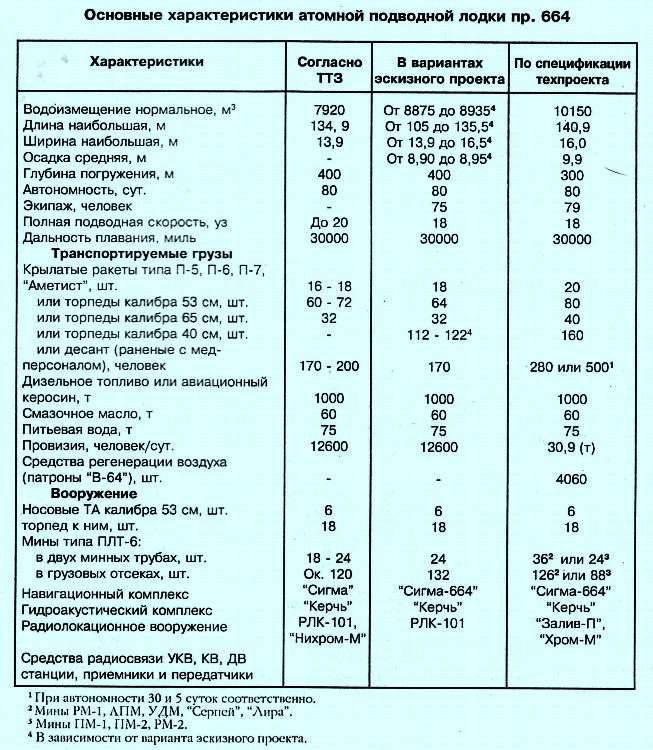
Sources:
Gusev A. Submarines for special purposes. SPb .: Gallery Print, 2002. C. 77-82
Ilyin V., Kolesnikov A. Large transport PLA of the 664 project. // Technique and Armament. 2000. No.5-6. C.77-78.
Zharkov V. Tyurin B. Large transport PLA-minzag of the 664 project. // Sea collection. 1995. No.7. C.66-69.
Ilyin V., Kolesnikov A. Submarines of Russia: An Illustrated Reference. M .: Astrel, 2002. C.274-275.
Shirokorad A.B. Soviet submarines of post-war construction M .: Arsenal Press, 1997. C. 118-121.
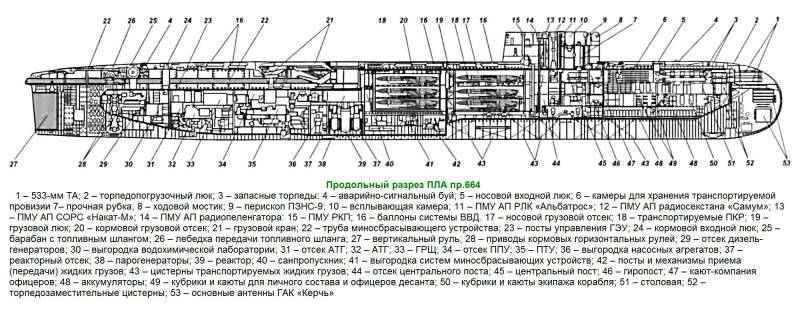
Information